Home>Furniture & Design>Outdoor Furniture>How To Use Outdoor Timer
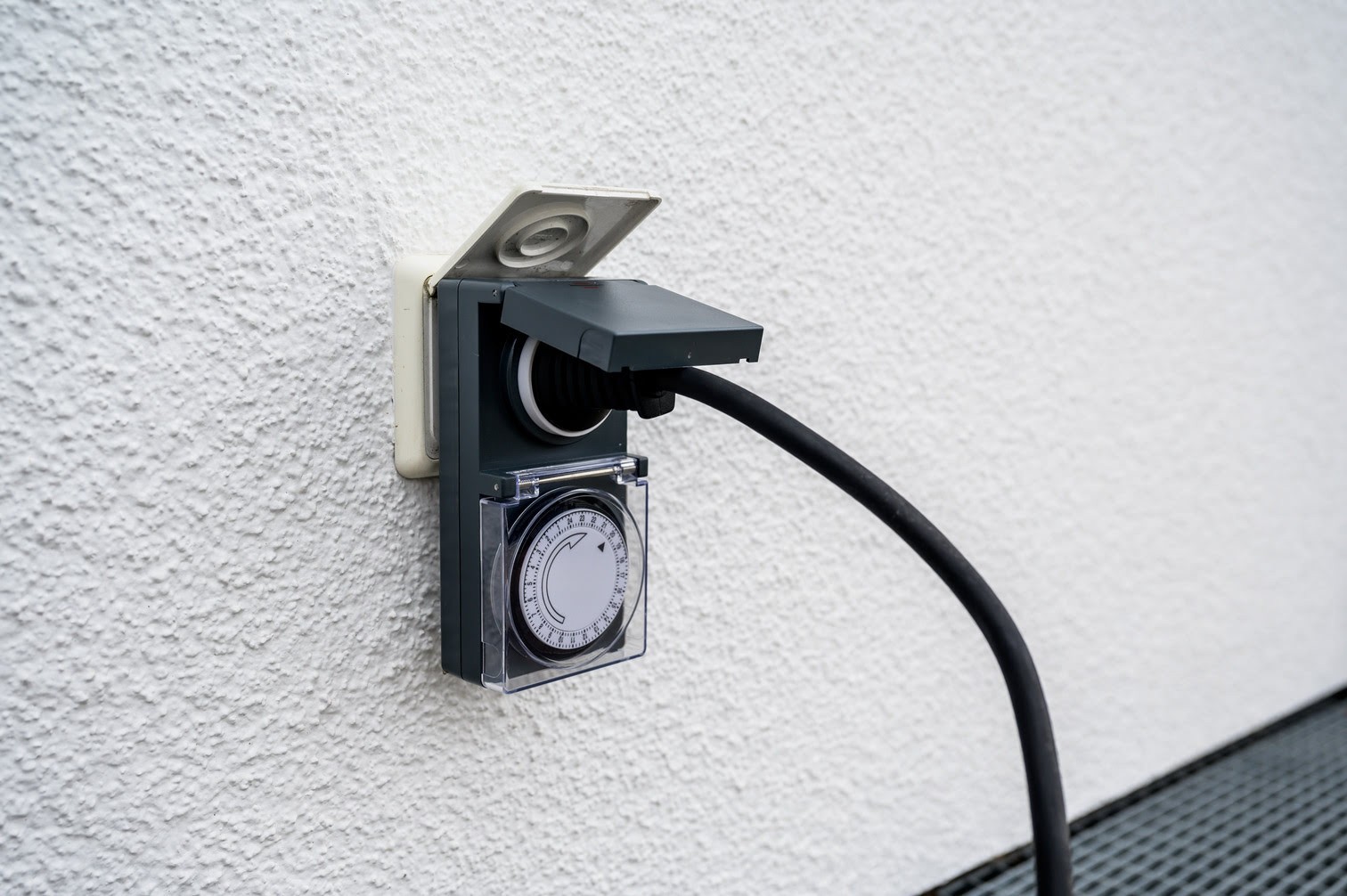

Outdoor Furniture
How To Use Outdoor Timer
Published: January 12, 2024
Discover how to efficiently use outdoor timers for your outdoor furniture and design. Learn the best practices and tips for maximizing their benefits.
(Many of the links in this article redirect to a specific reviewed product. Your purchase of these products through affiliate links helps to generate commission for Storables.com, at no extra cost. Learn more)
Introduction
Welcome to the world of outdoor living! Whether you have a cozy balcony, a spacious patio, or a sprawling garden, creating an inviting outdoor space is essential for relaxation and entertainment. One key element in optimizing your outdoor experience is using an outdoor timer. In this guide, we will explore the ins and outs of outdoor timers, including their functionality, setup, programming, and troubleshooting. By the end of this article, you will be well-equipped to harness the full potential of your outdoor timer and elevate your outdoor living space to new heights.
Outdoor timers are invaluable tools for managing various electrical devices in your outdoor area. From landscape lighting and water features to outdoor appliances and holiday decorations, outdoor timers provide the convenience of automating these elements, allowing you to effortlessly control their operation and energy consumption. Whether you want to create a captivating ambiance for an evening soiree or ensure that your garden receives the perfect amount of water, an outdoor timer is an indispensable asset.
In the following sections, we will delve into the intricacies of outdoor timers, offering a comprehensive guide on understanding their functionality, setting them up, programming them to suit your specific needs, and troubleshooting common issues. By gaining a deeper understanding of outdoor timers and learning how to maximize their potential, you will be well-prepared to enhance the functionality and aesthetic appeal of your outdoor space. Let's embark on this journey to unlock the power of outdoor timers and transform your outdoor oasis into a seamless blend of convenience, efficiency, and style.
Key Takeaways:
- Embrace the Power of Outdoor Timers
Outdoor timers are your secret weapon for effortlessly managing outdoor lighting, irrigation, and more. With the right setup and programming, you can enhance your outdoor space with convenience and style. - Troubleshoot Like a Pro
Don’t let common issues like power failures or scheduling errors dampen your outdoor timer experience. Stay proactive and address these challenges to ensure seamless control of your outdoor devices.
Read more: How To Set Intermatic Outdoor Timer
Understanding Outdoor Timers
Outdoor timers are versatile devices designed to control the operation of various electrical equipment and appliances in outdoor settings. They are equipped with programmable features that enable users to schedule the activation and deactivation of connected devices at specific times, providing convenience, energy efficiency, and enhanced security. Understanding the fundamental aspects of outdoor timers is crucial for harnessing their full potential and optimizing their functionality within your outdoor space.
Outdoor timers come in a variety of styles and configurations, catering to different applications and user preferences. Some common types of outdoor timers include digital timers, mechanical timers, and smart Wi-Fi-enabled timers. Digital timers offer precision and flexibility in programming, allowing users to set specific schedules with ease. Mechanical timers, on the other hand, utilize traditional dial and switch mechanisms for scheduling, offering a simple yet reliable solution for controlling outdoor devices. Smart Wi-Fi-enabled timers provide advanced connectivity and remote control capabilities, enabling users to manage their outdoor devices from anywhere via smartphone apps or voice commands.
When selecting an outdoor timer, it is essential to consider factors such as weather resistance, power capacity, programming options, and compatibility with the intended outdoor devices. Weather-resistant outdoor timers are designed to withstand exposure to the elements, ensuring reliable performance in outdoor environments. Additionally, assessing the power capacity of the timer is crucial to accommodate the electrical load of the connected devices, preventing overload and ensuring safe operation.
Understanding the programming features of outdoor timers is pivotal for tailoring their operation to suit your specific needs. Most outdoor timers offer customizable scheduling options, including daily, weekly, or interval-based programs. This flexibility allows users to create personalized schedules for turning lights on and off, controlling irrigation systems, and managing other outdoor equipment according to their desired routines and usage patterns.
By comprehending the diverse functions and capabilities of outdoor timers, you can make informed decisions when selecting the right timer for your outdoor space and leverage its features to streamline your outdoor activities, conserve energy, and enhance the overall functionality and ambiance of your outdoor environment.
Setting Up Your Outdoor Timer
Setting up your outdoor timer is the initial step towards harnessing its potential to streamline and enhance the functionality of your outdoor space. Whether you are installing a new timer or replacing an existing one, the setup process involves several key considerations to ensure seamless integration and optimal performance.
Before commencing the setup, it is crucial to identify a suitable location for the outdoor timer. The chosen placement should offer protection from direct exposure to harsh weather conditions, such as heavy rainfall or prolonged sunlight, to prolong the lifespan of the timer and safeguard its electronic components. Additionally, the location should provide convenient access to power outlets and the outdoor devices that will be controlled by the timer.
Once you have selected an appropriate location, the next step is to connect the outdoor timer to a power source. Depending on the type of timer you are using, this may involve plugging the timer into a nearby electrical outlet or wiring it directly to the electrical circuit. It is essential to follow the manufacturer’s instructions and safety guidelines during this process to prevent electrical hazards and ensure a secure connection.
After establishing the power supply, you can proceed to connect the outdoor devices, such as landscape lights, fountain pumps, or other electrical equipment, to the timer’s outlets or terminals. It is important to verify the compatibility of the devices with the timer’s power rating and ensure that the total electrical load does not exceed the timer’s capacity, as this could lead to performance issues or potential damage.
Once the physical connections are in place, it is advisable to conduct a preliminary test to verify the functionality of the outdoor timer and the connected devices. This involves programming a simple schedule, such as turning on a set of lights at a specific time, and observing the timer’s operation to ensure that the devices respond as intended.
Throughout the setup process, it is essential to prioritize safety and adhere to all relevant electrical codes and regulations. If you encounter any uncertainties or challenges during the setup, consulting a qualified electrician or seeking assistance from the timer’s manufacturer can provide valuable guidance and ensure a successful installation.
By following these steps and considerations, you can effectively set up your outdoor timer, laying the foundation for seamless control and automation of your outdoor devices, and paving the way for a more convenient and enjoyable outdoor living experience.
When using an outdoor timer, make sure to set the current time and program the desired on/off times for your outdoor lights or appliances. Test the timer to ensure it is working properly before leaving it unattended.
Programming Your Outdoor Timer
Programming your outdoor timer is a pivotal stage in customizing its operation to align with your specific scheduling needs and preferences. Whether you aim to control landscape lighting, irrigation systems, or other outdoor appliances, mastering the programming features of your timer empowers you to automate tasks, conserve energy, and enhance the functionality of your outdoor space.
Before initiating the programming process, familiarize yourself with the timer’s interface and programming options. Digital timers typically feature user-friendly interfaces with intuitive buttons or touchscreen displays, enabling straightforward navigation through the programming menus. Mechanical timers utilize rotary dials and switches for setting schedules, requiring a clear understanding of the dial positions and programming sequences. Smart Wi-Fi-enabled timers often rely on smartphone apps or web interfaces for programming, offering advanced scheduling capabilities and remote access.
When programming your outdoor timer, consider the specific timing requirements of the devices you intend to control. For instance, if you are scheduling landscape lighting, determine the desired times for the lights to activate and deactivate, taking into account sunset and sunrise times, as well as any specific event schedules. Similarly, when programming irrigation systems, factor in the watering needs of your plants and the optimal timing for irrigation to maximize efficiency and plant health.
Most outdoor timers provide versatile programming options, allowing you to create daily, weekly, or custom schedules to accommodate diverse routines and usage patterns. Daily programs enable you to set consistent schedules for each day of the week, while weekly programs offer the flexibility to assign different schedules for specific days. Custom schedules provide the freedom to program unique timing patterns, ideal for seasonal adjustments or special events.
When programming recurring schedules, it is beneficial to stagger the activation times of multiple devices to prevent power surges and distribute the electrical load evenly. This approach promotes efficient operation and extends the lifespan of the connected devices and the timer itself. Additionally, consider incorporating random or alternating patterns in your schedules to enhance security and create a naturalistic appearance for outdoor lighting, deterring potential intruders.
Once you have finalized the programming settings, conduct a thorough review of the schedules to ensure accuracy and consistency. Verify that the programmed times align with your intended operation for the outdoor devices and make any necessary adjustments to optimize the schedules.
By mastering the programming capabilities of your outdoor timer and tailoring its schedules to suit your outdoor lifestyle, you can unlock the full potential of automated control, energy efficiency, and convenience, enriching your outdoor living experience with seamless and intelligently managed functionality.
Troubleshooting Common Issues
While outdoor timers are designed to streamline the management of outdoor devices and enhance convenience, they may encounter occasional issues that can disrupt their operation. Understanding common problems and their potential solutions is essential for maintaining the optimal functionality of your outdoor timer and ensuring uninterrupted control of your outdoor equipment.
One prevalent issue that users may encounter is the failure of the outdoor timer to power on or operate as expected. This could be attributed to a faulty power connection, inadequate power supply, or internal component malfunctions. To address this, begin by verifying the power source and connections, ensuring that the timer is receiving sufficient power and that all electrical connections are secure. If the issue persists, inspect the timer for any signs of damage or corrosion and consider resetting the timer to its default settings, following the manufacturer’s guidelines.
Inaccurate scheduling or erratic operation of the connected devices can also pose challenges when using an outdoor timer. This may result from programming errors, conflicting schedules, or compatibility issues with the connected devices. To rectify this, review the programmed schedules and confirm that they align with your intended operation. Check for overlapping or conflicting schedules that may cause disruptions, and ensure that the connected devices are compatible with the timer’s power rating and operational requirements.
Another common issue involves the timer’s resistance to environmental elements, particularly moisture and extreme temperatures, which can impact its performance and longevity. Weather-resistant outdoor timers are designed to withstand such conditions; however, prolonged exposure to harsh weather may still affect their functionality over time. To mitigate this issue, consider installing the timer in a sheltered location or utilizing protective enclosures to shield it from direct exposure to moisture and temperature fluctuations.
If the outdoor timer exhibits intermittent operation or irregular functionality, it may indicate internal malfunctions or electronic inconsistencies. In such cases, consulting the manufacturer’s troubleshooting guide or seeking professional assistance can provide valuable insights into diagnosing and resolving the underlying issues. Additionally, performing periodic maintenance, such as cleaning the timer’s contacts and inspecting its internal components, can contribute to the sustained reliability and performance of the outdoor timer.
By proactively addressing these common issues and implementing appropriate troubleshooting measures, you can uphold the seamless operation of your outdoor timer and ensure that it continues to effectively manage your outdoor devices, contributing to a hassle-free and optimized outdoor living environment.
Read more: How To Set A Westinghouse Outdoor Timer
Conclusion
As we conclude our exploration of outdoor timers, it is evident that these devices play a vital role in optimizing the functionality, efficiency, and ambiance of outdoor living spaces. By understanding the diverse features and capabilities of outdoor timers, mastering their setup and programming, and addressing common issues, you can harness their full potential to streamline the control of outdoor devices and elevate your outdoor experience.
Outdoor timers empower you to effortlessly manage landscape lighting, irrigation systems, outdoor appliances, and decorative elements, offering the convenience of automated control and the benefits of energy conservation. Whether you seek to create a captivating evening atmosphere with well-timed lighting, ensure the optimal watering of your garden, or enhance the security of your outdoor area, outdoor timers serve as invaluable assets in achieving these objectives.
Through careful consideration of the placement, power connections, and compatibility with connected devices, you can effectively set up your outdoor timer, laying the groundwork for seamless integration and reliable performance. Mastering the programming features of the timer enables you to tailor its operation to align with your unique scheduling needs, promoting efficiency, convenience, and personalized control of your outdoor devices.
While occasional challenges may arise, such as power issues, scheduling discrepancies, or environmental influences, proactive troubleshooting and maintenance measures can mitigate these issues, ensuring the sustained functionality and longevity of your outdoor timer.
By embracing the capabilities of outdoor timers and leveraging their automation and control features, you can transform your outdoor space into a harmonious blend of convenience, efficiency, and style. Whether you are hosting outdoor gatherings, unwinding in a tranquil garden, or enhancing the curb appeal of your home, outdoor timers serve as indispensable tools in realizing the full potential of your outdoor lifestyle.
As you embark on your journey to integrate outdoor timers into your outdoor living environment, may this guide serve as a valuable resource, empowering you to unlock the power of automation, energy efficiency, and seamless control, ultimately enhancing your outdoor oasis and enriching your outdoor living experience.
Frequently Asked Questions about How To Use Outdoor Timer
Was this page helpful?
At Storables.com, we guarantee accurate and reliable information. Our content, validated by Expert Board Contributors, is crafted following stringent Editorial Policies. We're committed to providing you with well-researched, expert-backed insights for all your informational needs.
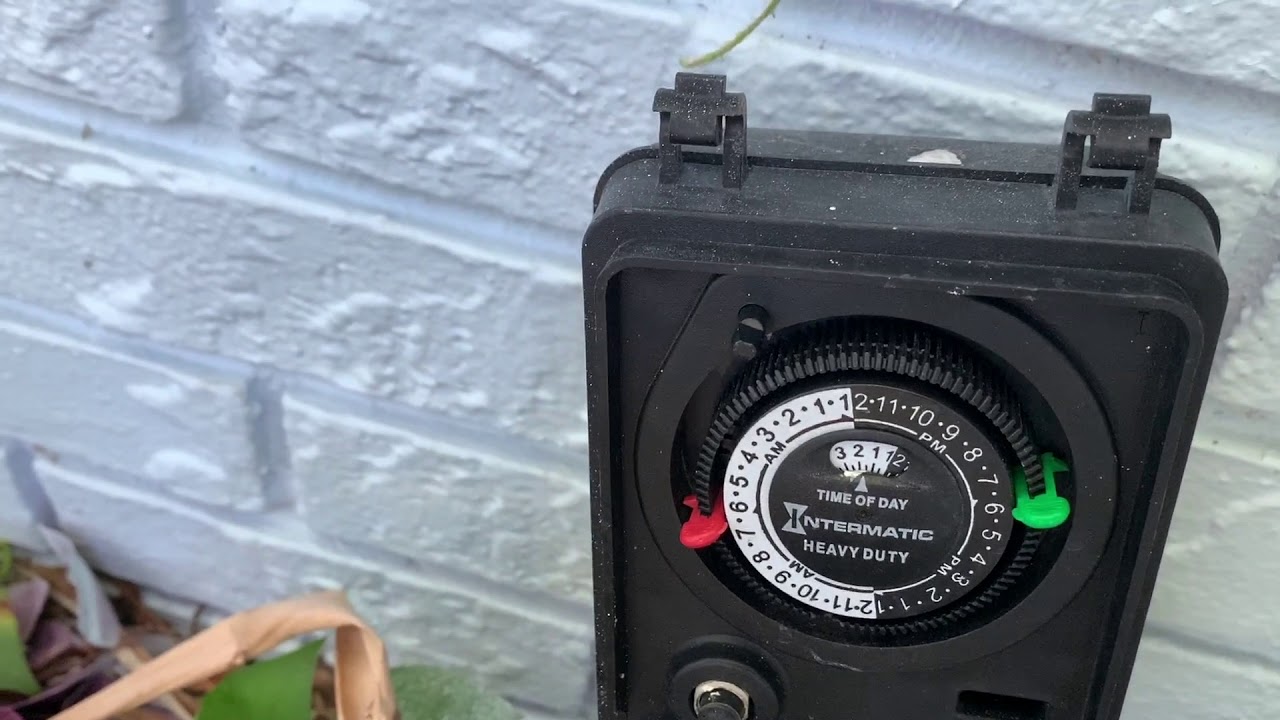
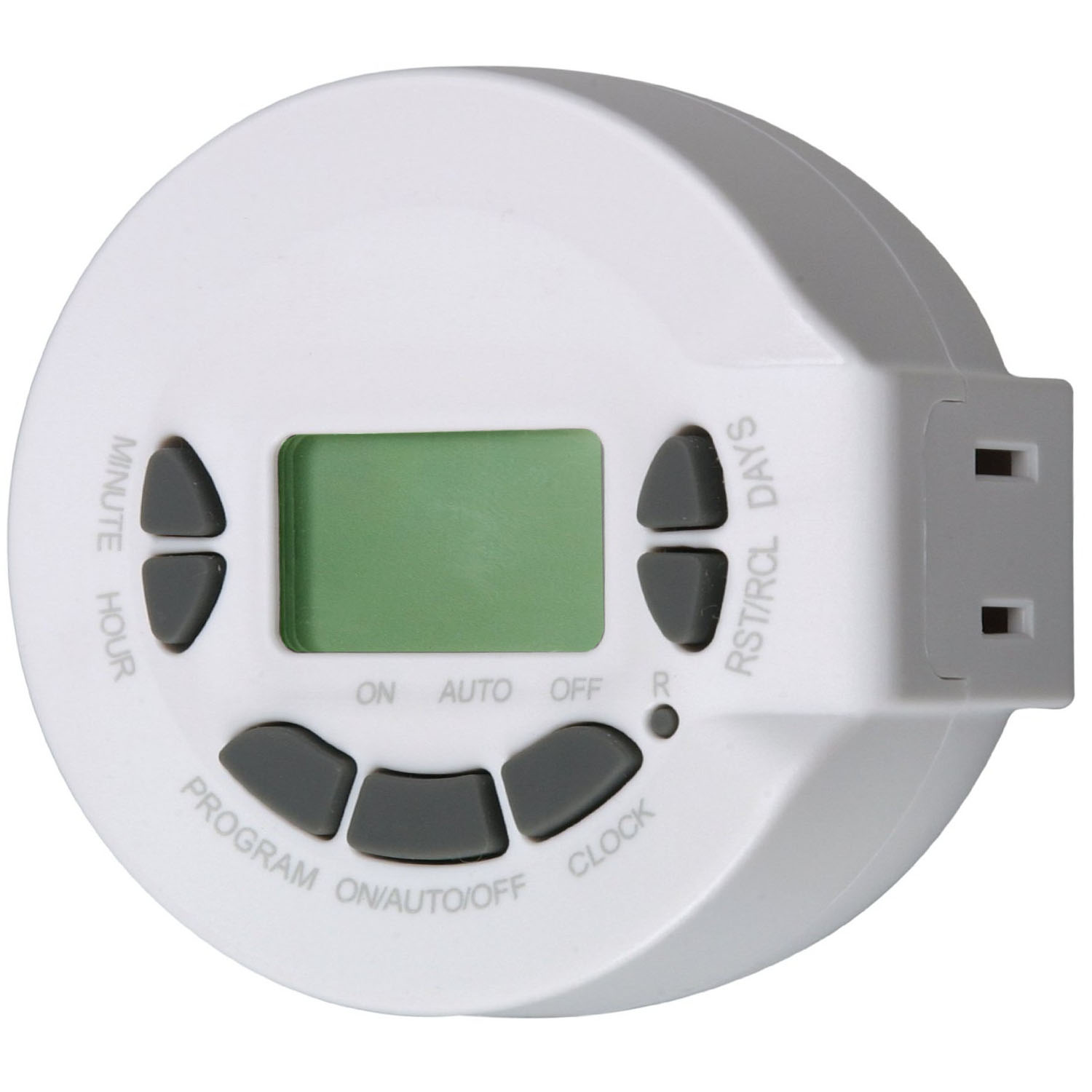
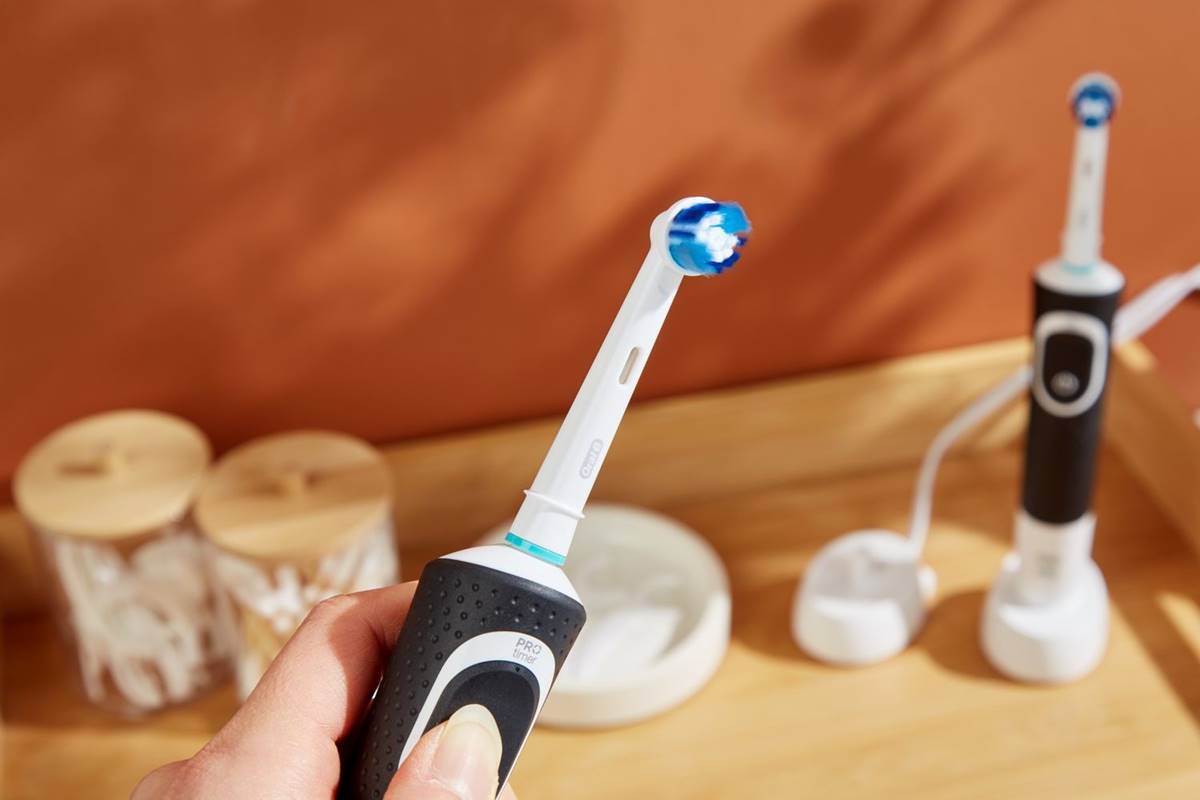
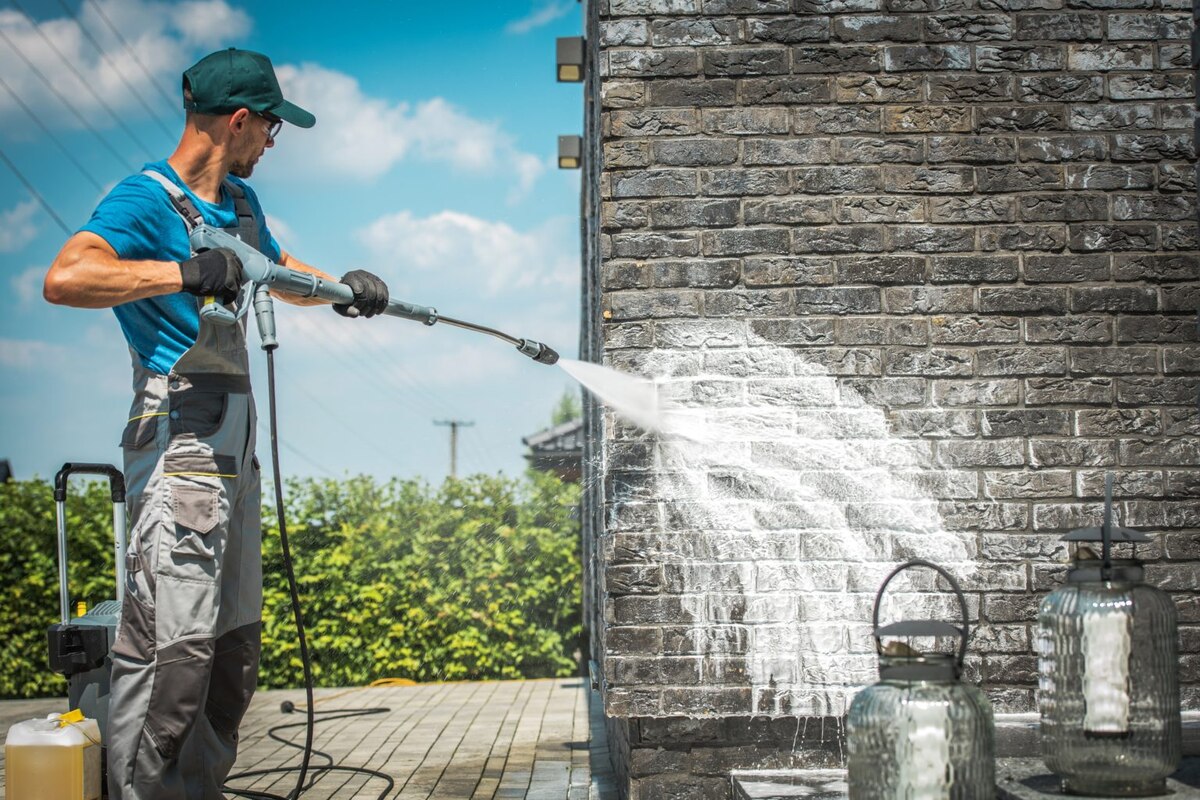

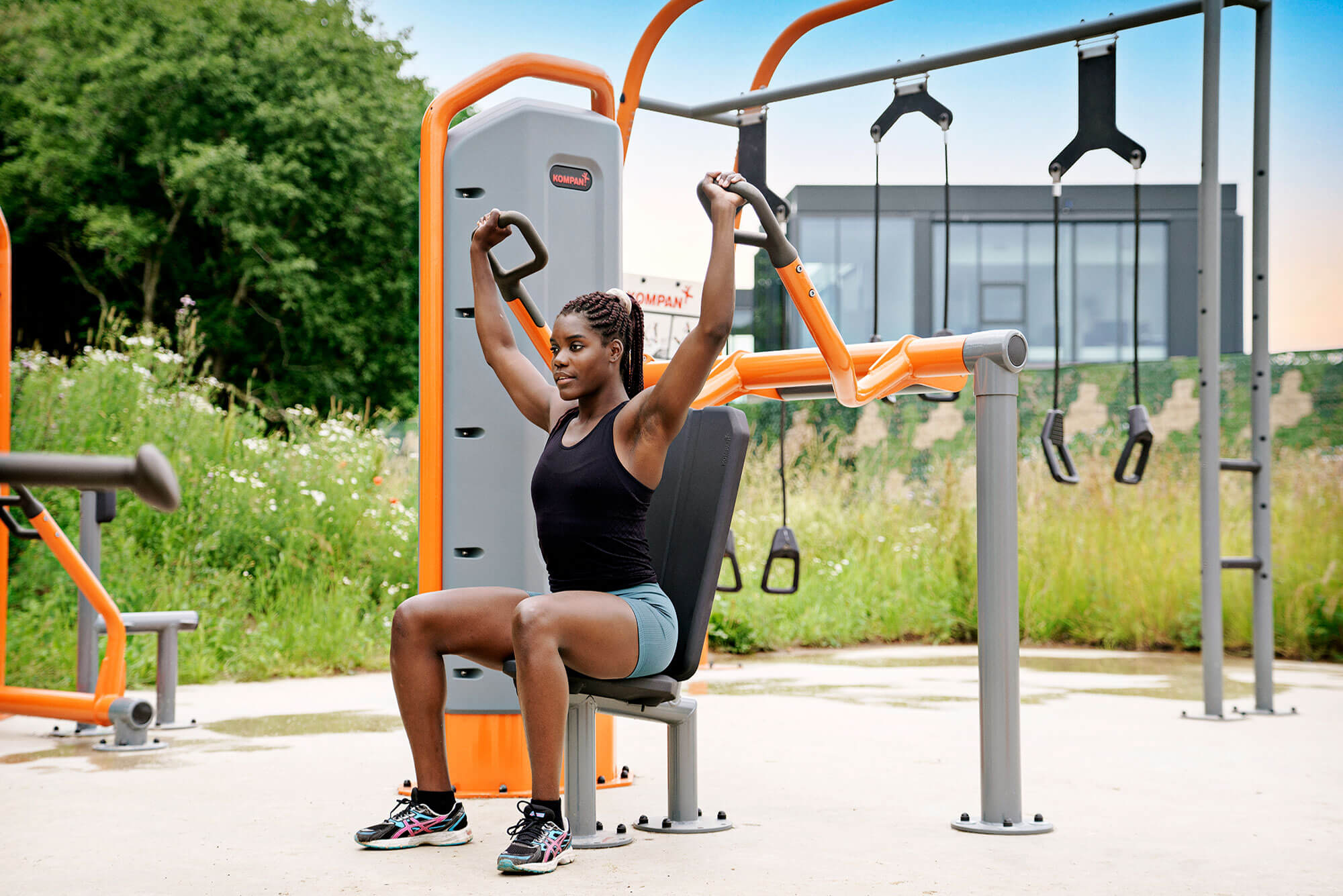
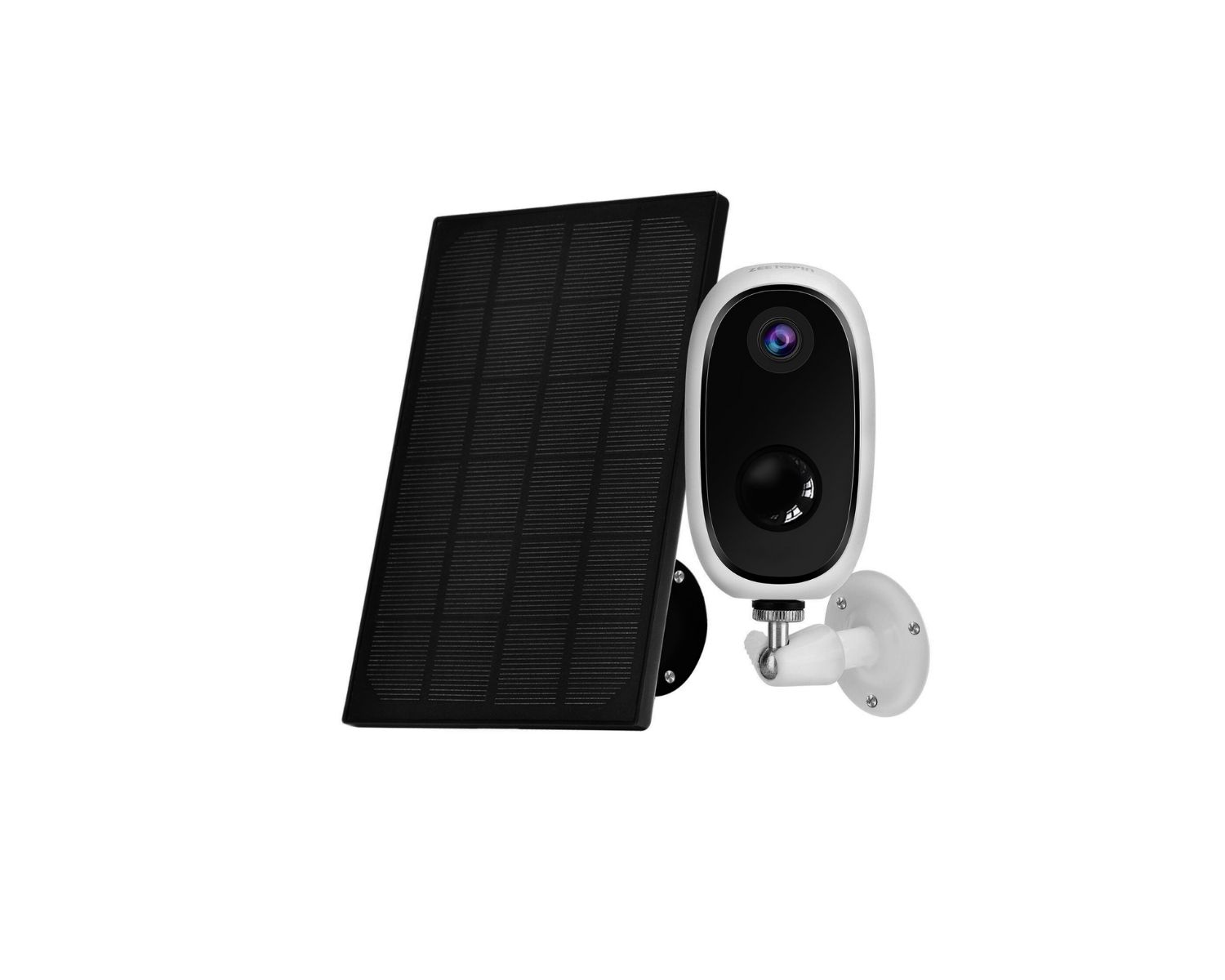


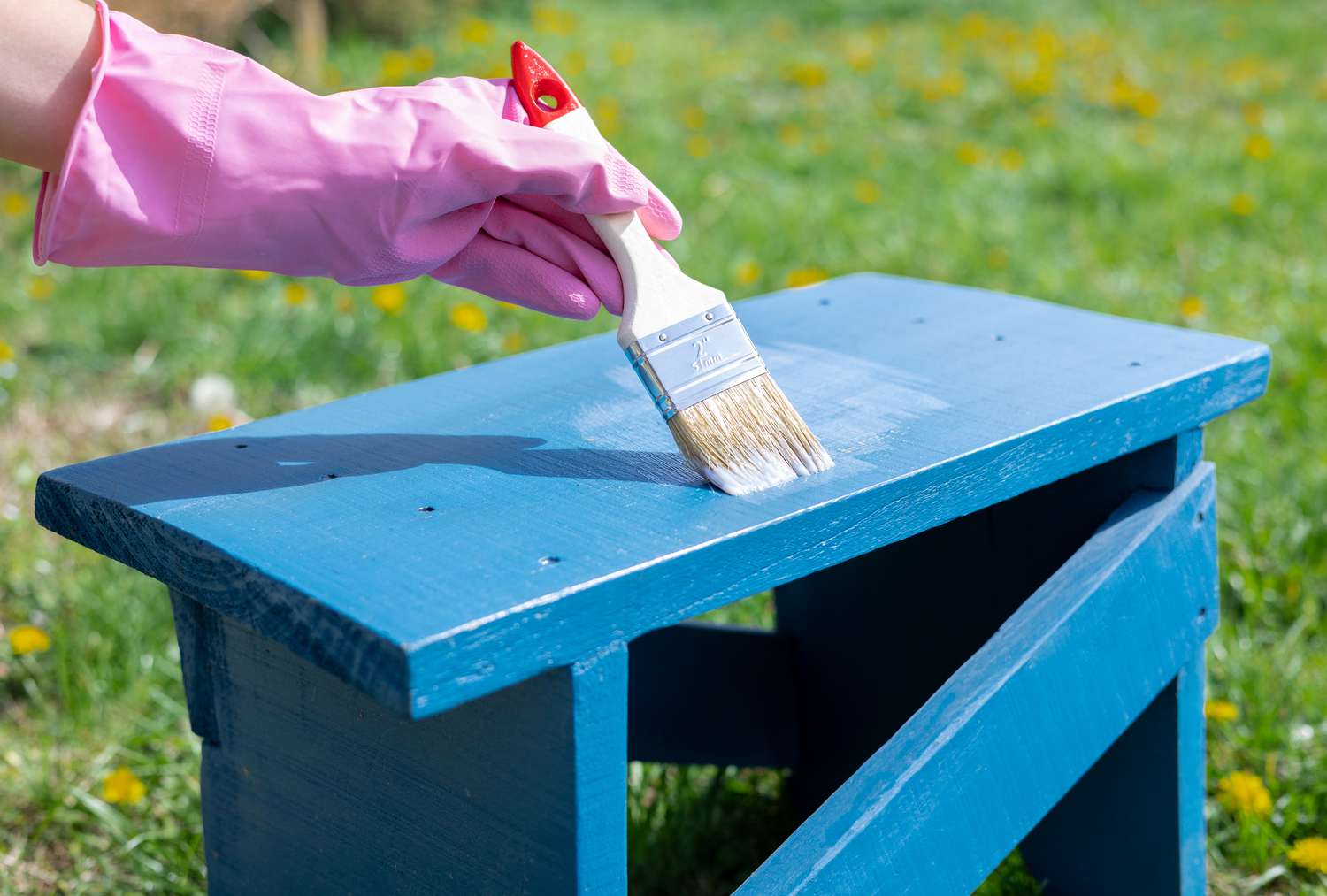
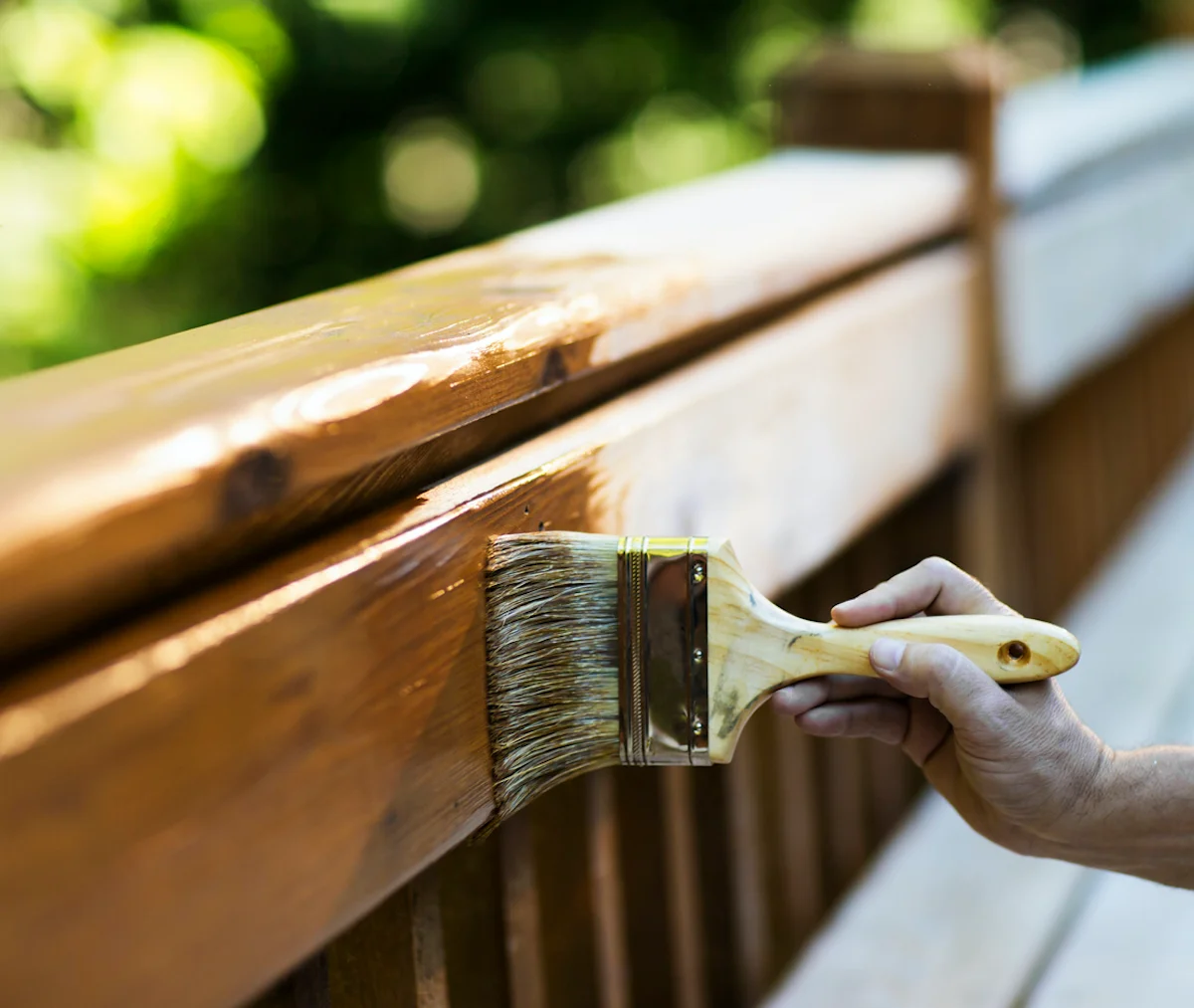
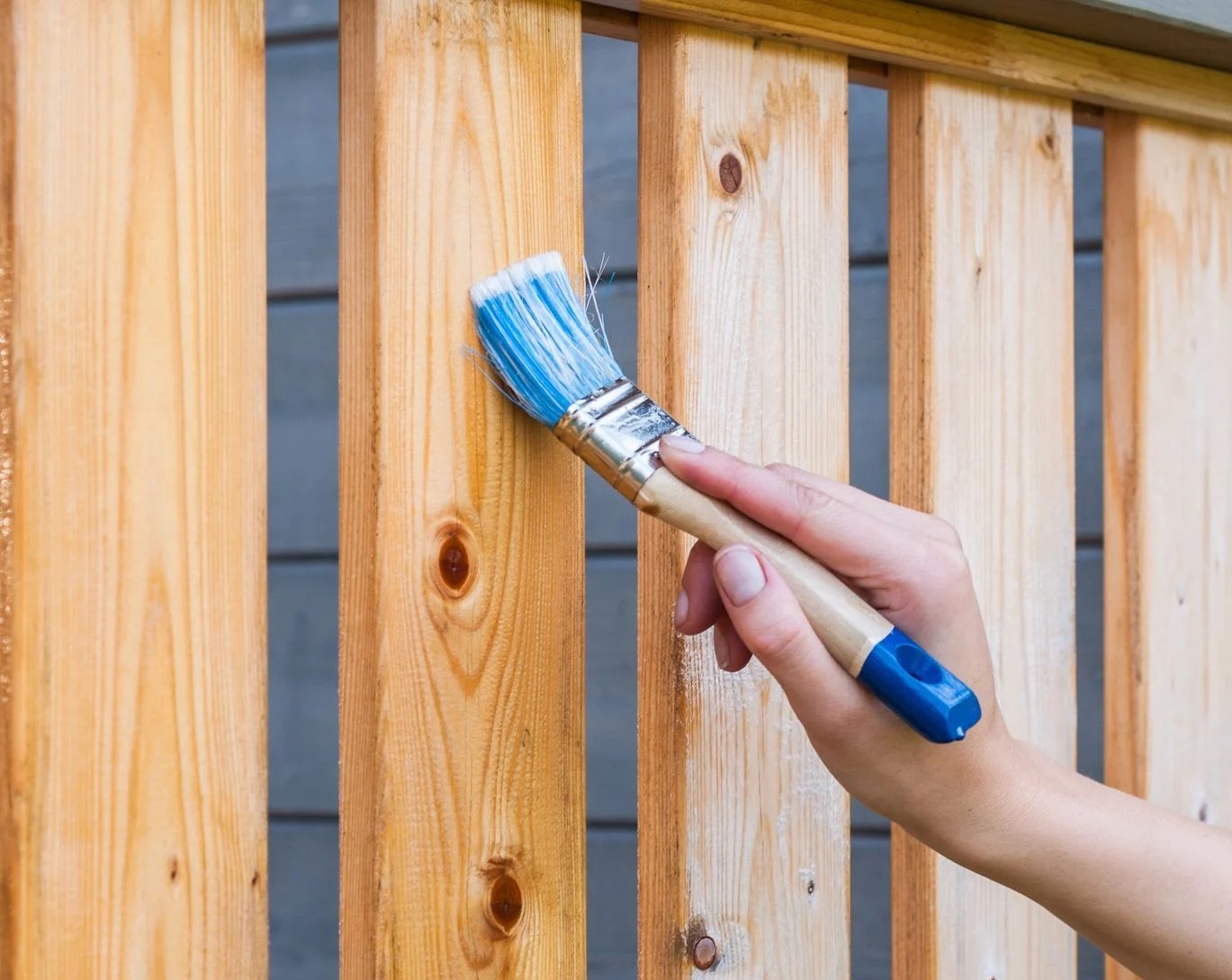
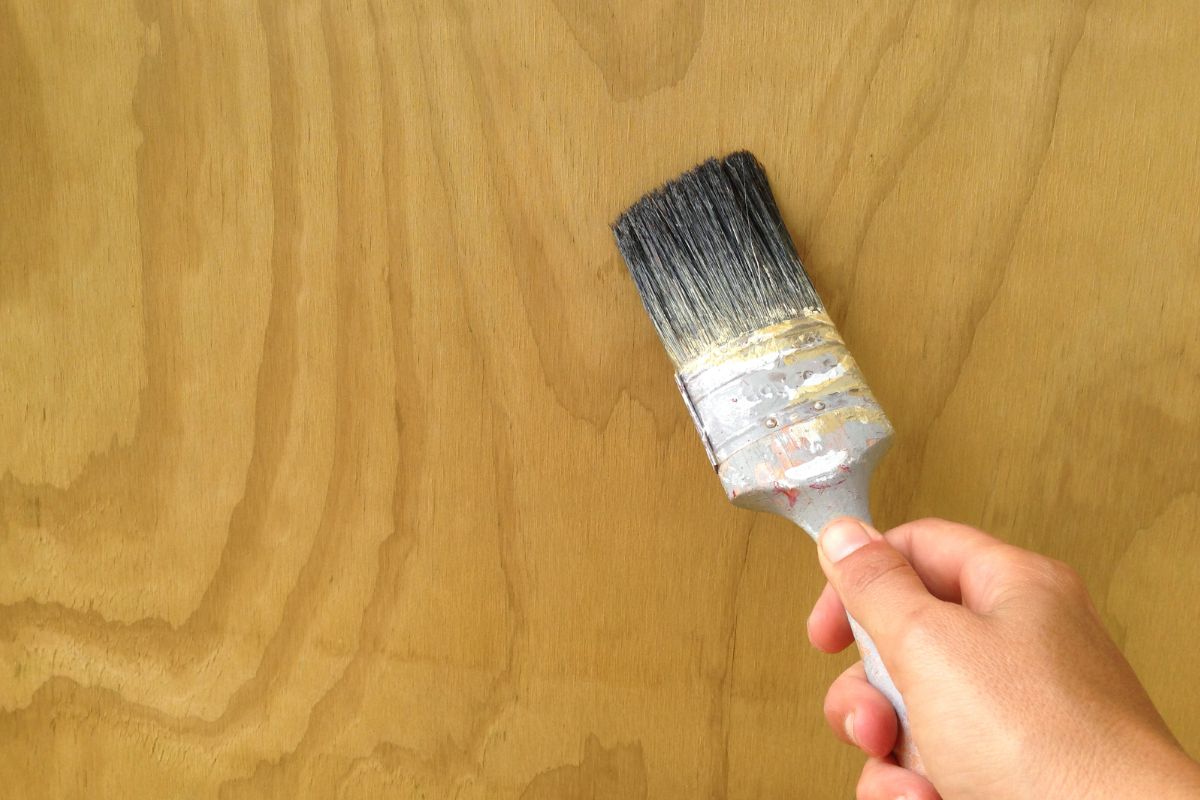
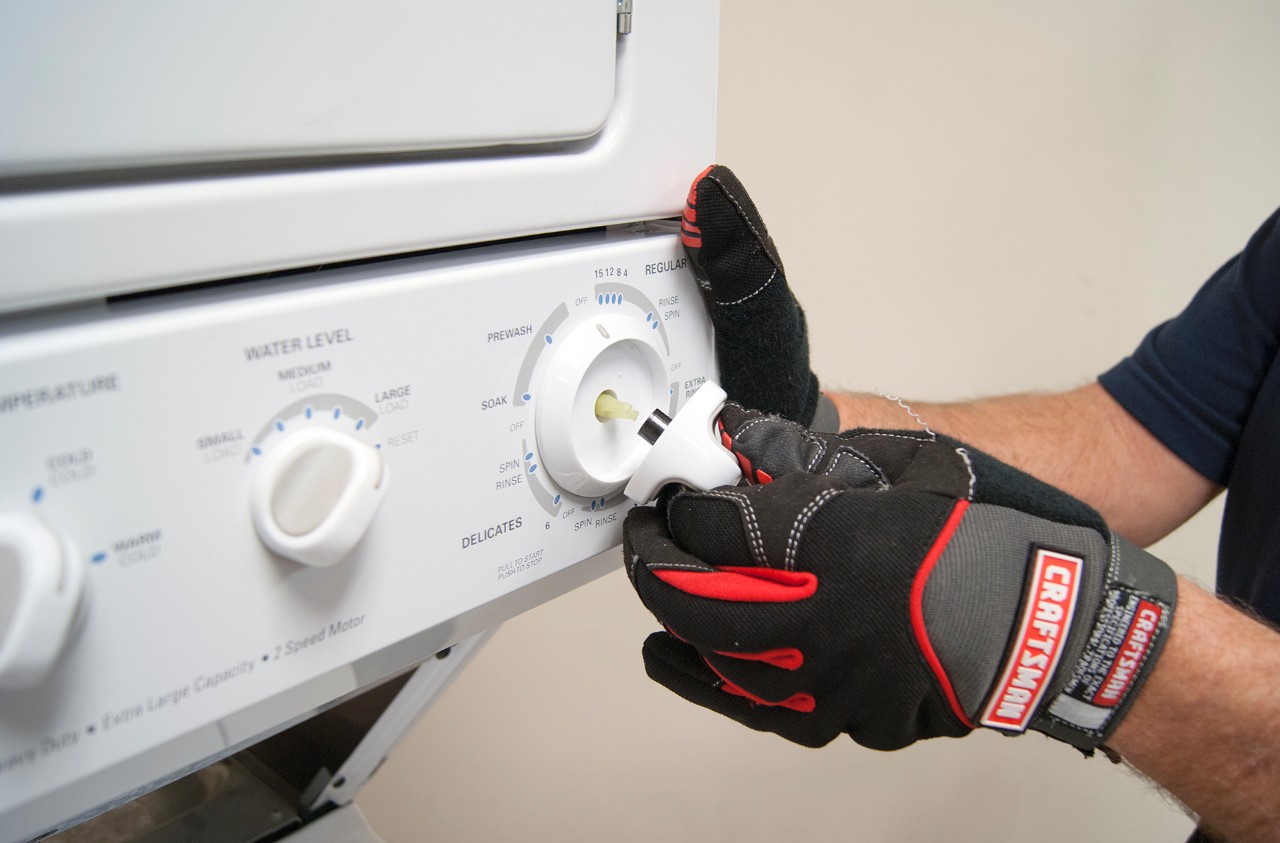

0 thoughts on “How To Use Outdoor Timer”